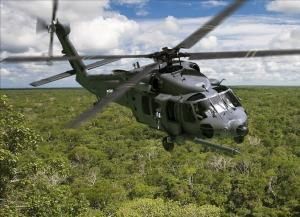March 14, 2015 By Pierre Tran – Defense News
PARIS — The Rafale fighter jets sold to Egypt will be modified to remove nuclear missile capability and NATO standard communications, a source close to the deal said.
"There will be a few modifications," the source said.
Once adapted, the fighters will be delivered, with the first three in time for Egyptian pilots to fly the twin-engine fighter in Egyptian colors over the opening of a new waterway on the Suez Canal in August.
One of the Rafale upgrades to F3 standard in 2008 was the air-sol moyenne portée améliorée (ASMPA) missile tipped with the TN-200 nuclear warhead. That capability will be taken off the fighters for Egypt.
As Egypt is not part of NATO, the communication system will be adapted.
The Rafale was part of a French arms deal worth €5.2 billion (US $5.5 billion) and signed Feb. 16 in Cairo, comprising also a DCNS FREMM multimission frigate and missiles reported to be from MBDA and Sagem.
On the frigate, the systems will be translated into English and Arabic and the combat systems adapted to take out the naval cruise missile capability, a second source said. The warship had been built for the French Navy and due for handover as the Normandie.
Egypt has started paying for its order for 24 Rafales, the first export win for the fighter jet for which France has long struggled to find a foreign buyer, Dassault Aviation Chairman Eric Trappier said.
"The contract with Egypt is now in effect. The first check landed at the start of the week," he said at the March 11 press conference on the 2014 financial results.
Egypt paid a price similar to that paid by France for the fighters, he said.
Dassault will deliver five Rafales to France this year, and the first batch of three to Egypt, with a second three-strong batch in December or January, he said.
Modifying the fighters is a key factor in the timing of delivery to Egypt, the first source said.
The French authorities are discussing the schedule for Egypt, as there is a "substitution" effect on deliveries that had been due for the French Air Force and Navy, Trappier said.
Annual production will remain at 11 units, or one per month, and output could rise to a little more than 2.5 units per month, he said.
The company hopes for a second export deal this year, Trappier said on March 4, when President François Hollande visited the Merignac assembly line near Bordeaux, southwest France. This was the first visit by a French head of state to the aircraft factory, and Hollande welcomed the sale of the fighter to Egypt.
Hollande sat in a Rafale cockpit on his tour, a contrast with the widely reported political chill directed at Dassault when the Socialist party won the 2012 general election.
Trappier has said he expects a snowball effect, with other countries placing orders.
"I am sure there will be others," Defense Minister Jean-Yves Le Drian said at a March 11 press conference on his agenda for 2015, when asked about the potential sale to Qatar and Malaysia.
Government and industry worked together on the Egyptian order and it is the same approach with other countries, he said.
Then-French President Nicolas Sarkozy had set up a "war room" in the Elysées presidential office for selling the Rafale following Morocco's pick of the F-16 over the Rafale. Morocco is a former French protectorate.
On negotiations with India, Dassault has agreed for the first time that India's state-owned Hindustan Aeronautics Ltd. (HAL) will be the co-contractor, not a subcontractor, on the Rafale, Trappier said. HAL would guarantee assembly of the Rafale in India, while Dassault would be guarantor for the French work.
Indian authorities had previously asked Dassault to assume overall guarantee for work in India.
India wants a maximum of work under the "Make In India" drive.
The speed at which the technology is transferred to allow full Indian domestic assembly is part of the negotiations, Trappier said. The first 18 units will be built in France, with the 19th to be assembled in India.
French industry will continue to build the subsystems, which will be shipped for assembly in Bangalore, he said. Over time the manufacture, including the active electronically scanned array (AESA) radar, will be "phased" over to Indian partners. The timetable is part of the negotiations.
Trappier said he was not worried about the Russian push to sell the Suhkoi Su-30 to India. "The Russians are worried about the Rafale," he said.
On the Indian agreement to study with Sukhoi a fifth-generation Su-35S, it is unclear what that entails as fifth-generation is a US classification, he said.
Dassault is patient and tenacious in its pursuit of the Indian deal for 126 fighters, Trappier said. India took some 22 years to pick the BAE Systems Hawk trainer over the Dassault Alpha jet, and that is a much simpler aircraft than the multimission fighter.
The first two Mirage 2000 fighters upgraded by Dassault and Thales are due to be delivered to India soon, he said. The Indian Navy expressed interest in a carrier-borne version of the Rafale.
Trappier declined to comment on Qatar and said talks are continuing with Malaysia. Discussions are being held with the United Arab Emirates, but these are not contract negotiations, he said.
Dassault has delivered 137 Rafales to France, with 43 remaining in the present fourth tranche. The company expects delivery in 2018 of the upgraded F3R version, adapted to fire the Meteor beyond-visual-range missile. Egypt will also receive that advanced version.
The French Navy has received two fighters upgraded to the F3 version from F1 with the remaining eight due to be modernized over two years.
Dassault reported net profit of €398 million, down from €487 million a year ago, on sales of €3.7 billion, down from €4.6 billion. The lower profit and sales stemmed from a weak market for the Falcon business jet. A bounce-back of Falcon orders to 90 last year from 64 signals a financial recovery for 2016.
New orders were worth €4.6 billion, up from €4.2 billion, with exports accounting for 89 percent. Net profit was 10.8 percent of sales.
Defense orders totaled €693 million, down from €1.26 billion. The 2013 figure included the F3R contract for the Rafale and upgrade for the Atlantique 2 maritime patrol aircraft.
The total order book is €8.2 billion. Cash fell to €2.4 billion from €3.7 billion, as the company bought Dassault shares sold by Airbus.
Expected large defense export orders will likely absorb the market impact of Airbus further selling down its stake in Dassault, brokerage CM-CIC said in a research note.








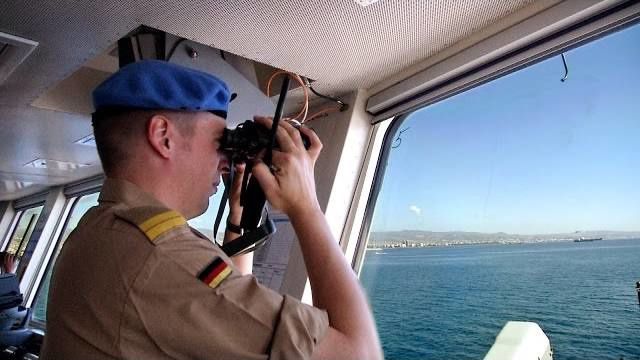

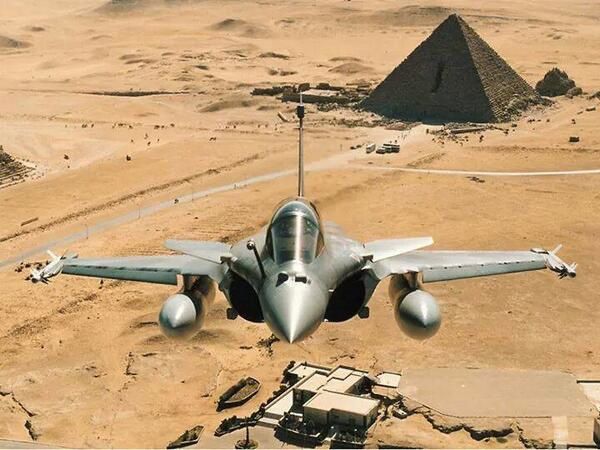
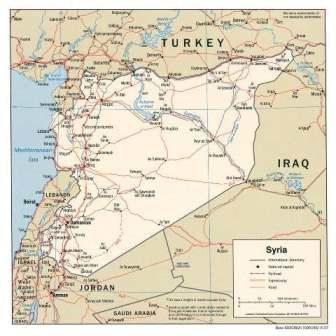








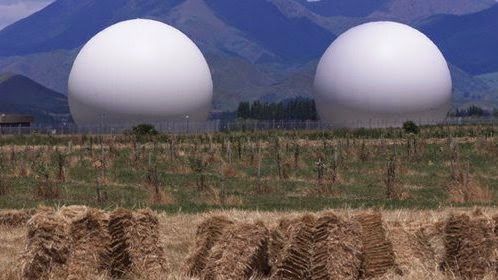


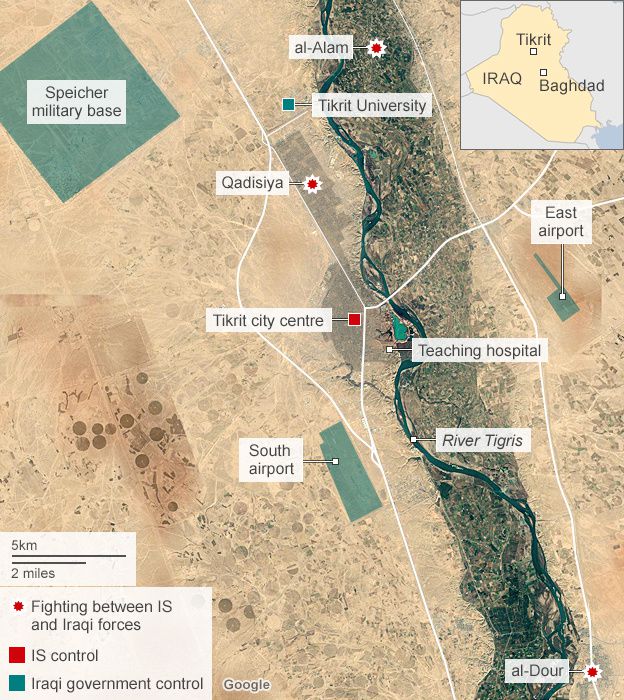
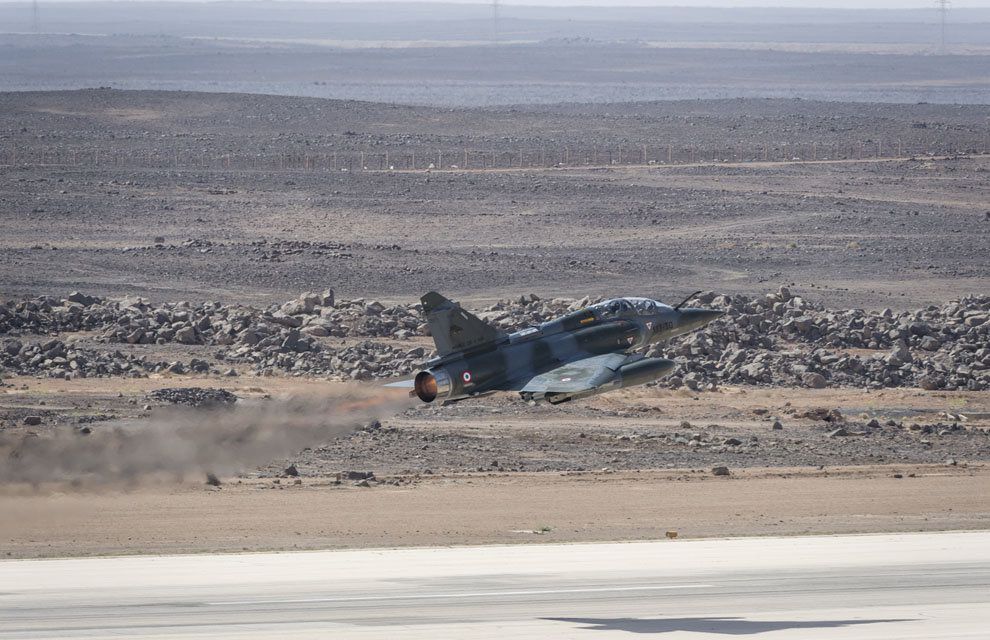
/image%2F0547456%2F20150312%2Fob_f673d1_2015-ajod-072-001-0022.jpg)
/image%2F0547456%2F20150312%2Fob_9b521c_2015-ajod-073-001-0046.jpg)



/image%2F0547456%2F20150312%2Fob_1a26ca_2015-ajod-047-001-0008-modifier.jpg)
/image%2F0547456%2F20150312%2Fob_3374b6_2015-ajod-066-001-0006-modifier.jpg)
/image%2F0547456%2F20150312%2Fob_eb63fd_2015-ajod-047-001-0025-modifier.jpg)
/image%2F0547456%2F20150312%2Fob_d97725_2015-ajod-066-001-0038-modifier.jpg)
/image%2F0547456%2F20150312%2Fob_77bcb9_2015-ajod-072-001-0003.jpg)
/image%2F0547456%2F20150312%2Fob_ab53a4_2015-ajod-072-001-0022.jpg)
